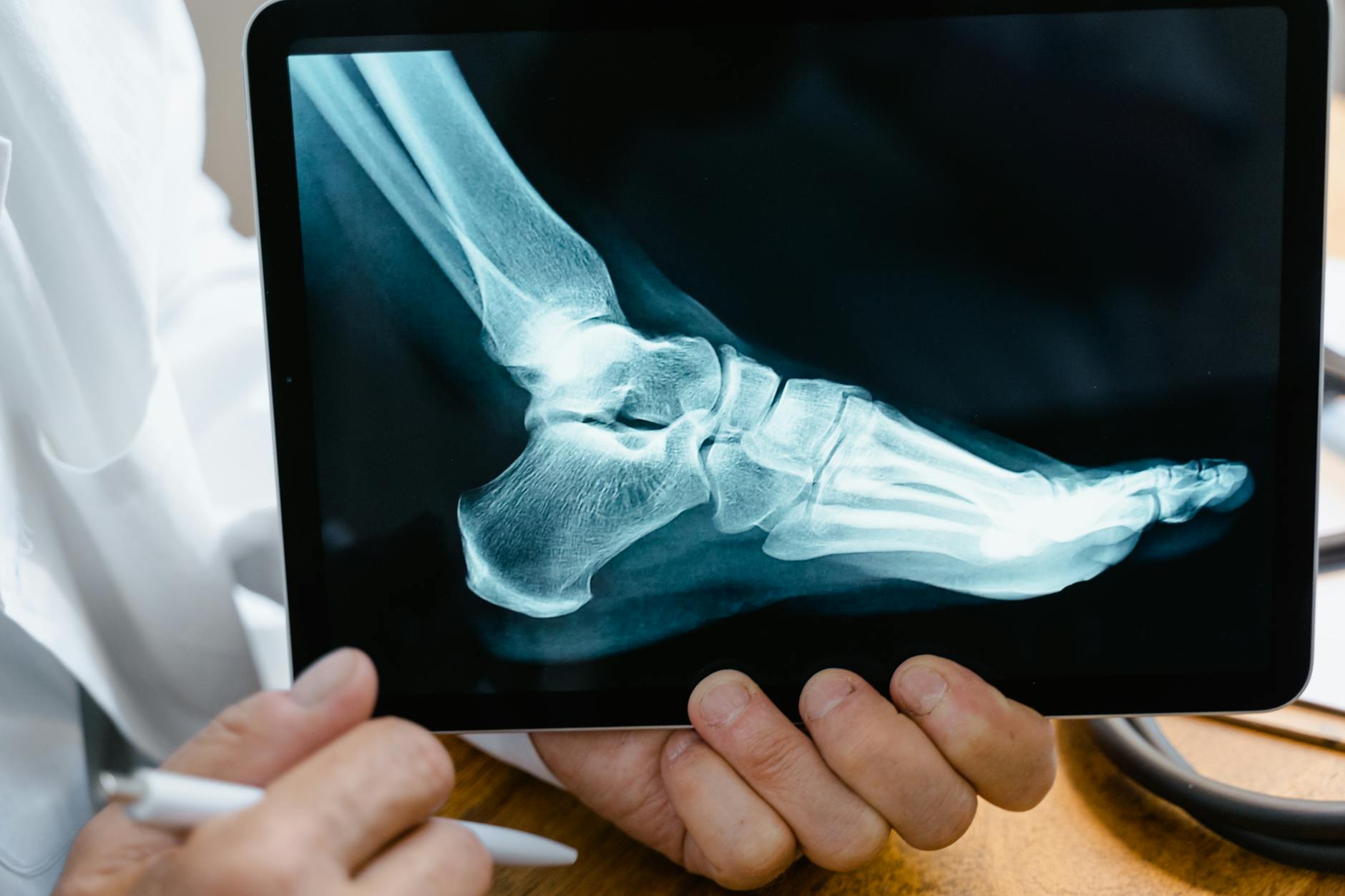Unravel the mystery of Parkinson’s disease as we explore the symptoms and potential solutions in this insightful blog post.
Table of Contents
Parkinson’s disease is a complex and challenging neurological condition that affects millions of individuals worldwide. Understanding the symptoms and seeking proper treatment can make a significant difference in managing the disease and maintaining a high quality of life. In this blog post, we will delve into the intricacies of Parkinson’s disease, explore the symptoms that individuals may experience, and discuss the various treatment options available.
The Symptoms of Parkinson’s Disease
Parkinson’s disease is characterized by a range of motor and non-motor symptoms that can vary from person to person. The primary motor symptoms include tremors, bradykinesia (slowness of movement), rigidity, and postural instability. Individuals may also experience non-motor symptoms such as sleep disturbances, constipation, cognitive changes, and mood disorders.
One of the hallmark signs of Parkinson’s disease is the presence of resting tremors, which typically begin in one hand or arm and may progress to the other side of the body. Bradykinesia can manifest as a general slowness of movement, difficulty initiating movements, and decreased arm swing while walking. Rigidity causes stiffness in the limbs, which can make it challenging for individuals to perform daily tasks.
In addition to motor symptoms, non-motor symptoms of Parkinson’s disease can significantly impact overall well-being. Sleep disturbances, such as insomnia or restless leg syndrome, are common in individuals with Parkinson’s disease. Cognitive changes may involve difficulties with memory, attention, and executive function. Mood disorders, including depression and anxiety, are also prevalent in individuals with Parkinson’s disease.
Treatment Options for Parkinson’s Disease
While there is currently no cure for Parkinson’s disease, various treatment options are available to help manage symptoms and improve quality of life. The primary approach to treating Parkinson’s disease involves medications that aim to increase dopamine levels in the brain and alleviate motor symptoms.
Levodopa, a precursor of dopamine, is the most commonly prescribed medication for Parkinson’s disease and can significantly improve motor symptoms such as tremors and bradykinesia. Other medications, such as dopamine agonists, MAO-B inhibitors, and COMT inhibitors, may also be prescribed to manage symptoms and enhance the effects of levodopa.
In addition to medication, individuals with Parkinson’s disease may benefit from physical therapy, occupational therapy, and speech therapy to improve mobility, posture, and communication skills. Regular exercise, such as walking, swimming, or yoga, can help maintain strength and flexibility, as well as improve overall well-being.
Deep brain stimulation (DBS) is a surgical procedure that may be recommended for individuals with advanced Parkinson’s disease who do not respond adequately to medication. DBS involves implanting electrodes in specific areas of the brain to regulate abnormal electrical signals and improve motor symptoms.
Living Well with Parkinson’s Disease
Managing Parkinson’s disease requires a holistic approach that encompasses medical treatment, lifestyle modifications, and emotional support. Engaging in regular physical activity, maintaining a balanced diet, and ensuring an adequate amount of rest and relaxation are essential for overall health and well-being.
| Symptom | Description | Solution |
|---|---|---|
| Tremors | Involuntary shaking or trembling of a body part | Medications such as Levodopa, physical therapy |
| Bradykinesia | Slowness of movement and difficulty initiating movement | Medications, deep brain stimulation |
| Rigidity | Stiffness and resistance to movement in limbs and torso | Medications, stretching exercises |
| Postural instability | Difficulty with balance and coordination, leading to falls | Physiotherapy, balance exercises |
| Freezing | Sudden, temporary inability to move or initiate movement | Cueing techniques, visual aids, medication adjustment |
Individuals with Parkinson’s disease should prioritize self-care and seek support from healthcare professionals, caregivers, and support groups. Staying informed about the latest advancements in Parkinson’s research and treatment options can empower individuals to make informed decisions about their care.
While living with Parkinson’s disease can present challenges, it is important to stay positive, maintain a sense of humor, and focus on the things that bring joy and fulfillment. Building a strong support network, fostering resilience, and adopting a proactive mindset can help individuals navigate the complexities of Parkinson’s disease with confidence and courage.
Conclusion
Parkinson’s disease is a multifaceted condition that requires a comprehensive approach to management and treatment. By understanding the symptoms, exploring treatment options, and embracing a positive attitude, individuals with Parkinson’s disease can lead fulfilling and meaningful lives despite the challenges they may face.
What are the early warning signs of Parkinson’s disease?
Early warning signs of Parkinson’s disease may include tremors, slowness of movement, stiffness, and postural instability. If you notice any of these symptoms, it is important to consult a healthcare professional for a proper diagnosis.
Can Parkinson’s disease be cured?
Currently, there is no cure for Parkinson’s disease. However, various treatment options are available to manage symptoms and improve quality of life.
How can physical therapy help individuals with Parkinson’s disease?
Physical therapy can improve mobility, posture, and balance in individuals with Parkinson’s disease. It can also help maintain strength and flexibility, enhancing overall well-being.
What lifestyle modifications can benefit individuals with Parkinson’s disease?
Engaging in regular physical activity, maintaining a balanced diet, getting enough rest, and seeking emotional support from healthcare professionals and support groups can benefit individuals with Parkinson’s disease.





